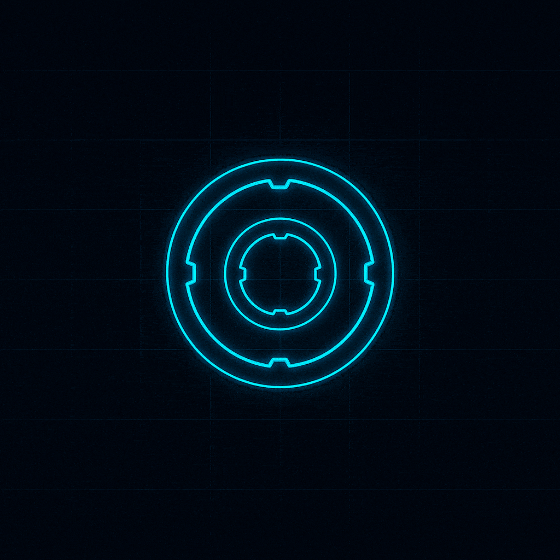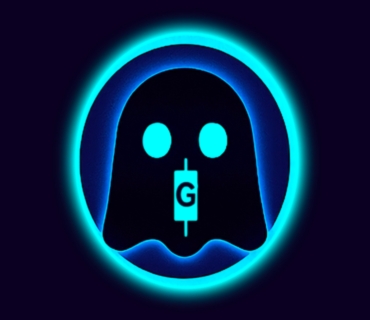What is a Blockchain?. A blockchain is a shared ledger that stores transactions in blocks linked by cryptographic hashes. Each participant can verify the same history without trusting a central database.
How it works
New transactions gather into a block. Nodes validate rules, then add the block to the chain using a consensus method. Because each block references the previous one, altering history is impractical.
Why it matters
Blockchains make value transfer and record‑keeping auditable and resilient to tampering—useful for payments, tokenization, and coordination among parties that do not fully trust one another.
Common pitfalls
- Assuming all chains are identical—throughput, costs, and trust models differ
- Confusing smart‑contract platforms with payment‑focused networks
- Relying on screenshots instead of verifying on a block explorer
Quick example
A charity publishes donations to a public chain so supporters can independently verify inflows and payouts.
See also
- Consensus Mechanism
- Hashing
- Block Explorer
- Layer 1 vs. Layer 2
TL;DR: What is a Blockchain? defined in plain English with practical next steps.



Add comment
You must be logged in to post a comment.